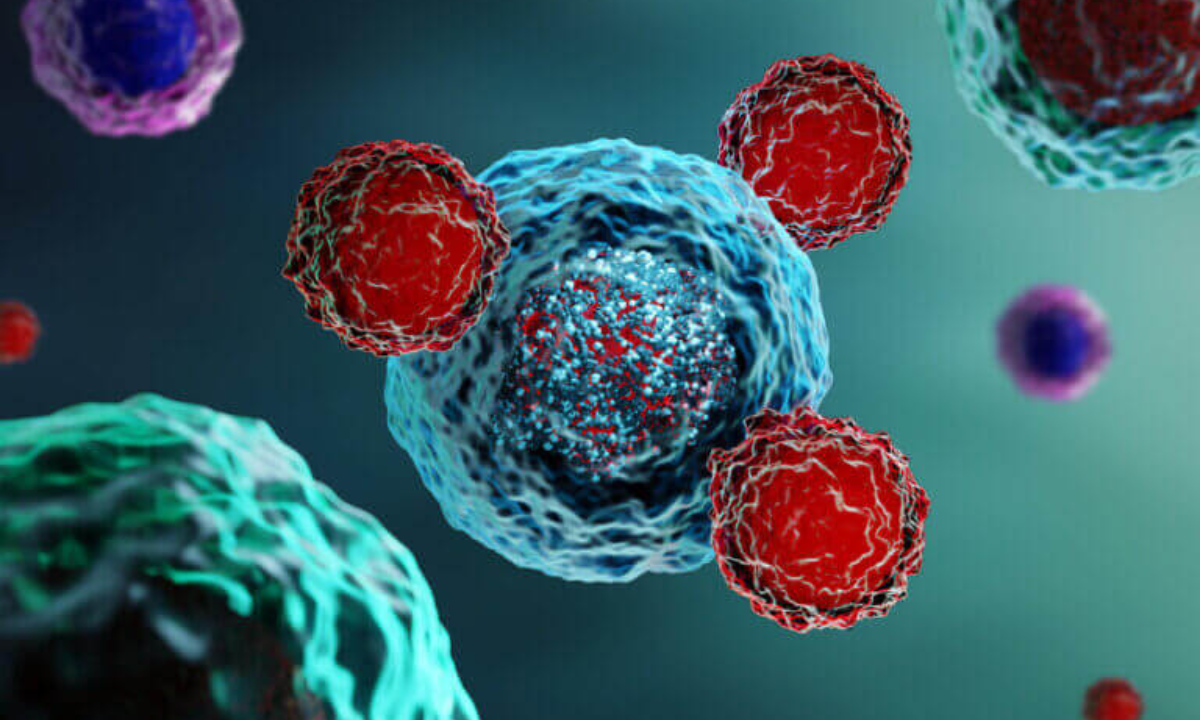Stages of cancer, and what do they mean

Cancer staging helps doctors determine the extent of cancer in the body and the best treatment approach. It also allows researchers to track treatments and outcomes, improving care worldwide. Hearing letters and numbers describe an illness can feel overwhelming, but doctors take the time to explain everything clearly. This system helps create a well-defined plan for treatment and recovery. Cancer is grouped into five stages.
Stage 0 CANCER
At this very first stage, abnormal cells are detected but haven't spread to other tissues or organs. Because the cancer remains in one place, it is typically easy to treat and can often be removed entirely through surgery or other precise treatments.
Stage I CANCER
At this stage, the cancer is still in its early form and remains in the organ where it first developed. It hasn’t spread to the lymph nodes or other areas of the body. Treatment options often include surgery, radiation therapy, or targeted treatments to remove or control the tumor effectively.
Stage II and III CANCER
At these stages, the cancer is bigger and may have reached nearby lymph nodes or tissues. The main difference between Stage II and III is how much it has spread locally. Treatment often includes surgery, radiation, and chemotherapy.
Stage IV CANCER
Stage IV is the most advanced, meaning cancer has spread to distant organs. It’s harder to treat, so the focus is on managing the disease, easing symptoms, and improving quality of life. Treatment may include chemotherapy, immunotherapy, or palliative care.
Why Cancer Staging Matters
- Tailored Treatment – Each stage requires a specific approach.
- Outcome Prediction – Advanced stages indicate more complex conditions.
- Medical Advancements – Staging aids research for better treatments.
Understanding cancer stages empowers patients and families to make informed choices about treatment and care. Early knowledge leads to better planning and improved outcomes. If diagnosed, seeking expert guidance is crucial. Take control of your health , visit KKR Hospital for compassionate care and advanced treatment options.
